How to make Costa Rica Mozart coffee? Costa Rican coffee flavor characteristics

Professional coffee knowledge exchange more coffee bean information please follow the coffee workshop (Wechat official account cafe_style)
This Mozart treated with raisin honey can be said to be the new love of the editor, whether it is dry, wet, fragrant, let the editor feel amazing, after all, there are few beans with such a strong aroma. So the editor wondered, if you brewed a pot of [Costa Rican Mozart] with 93 ℃, 90 ℃ and 87 ℃ respectively, what flavor would the bean show when boiled at different water temperatures?
First of all, let's introduce today's protagonist-- [Costa Rican Mozart]
Costa Rica Canet Musician Series Mozart
Mozart, Carnett Manor, Costa Rica
| Carnett Manor

Carnett Manor is located at the highest altitude in the Tarazu producing area and is the densest fruit-growing area in Costa Rica. Carnett Manor is mainly to grow passion fruit, the amount of coffee is very rare, only a specific area to grow coffee, take special care. All coffee cherries are picked by hand, only ripe red cherries are harvested, but there is a screening process before processing after harvest to pick beans that are not ripe or too ripe.
| | treatment of raisin honey |

Retain 100% pectin and zero water treatment.
It increases the difficulty of the honey processing method, which requires strict control of time. On the day of harvesting coffee cherries, pour the harvested coffee fruit into a big trough, and the ripe and full fruit will sink to the bottom of the water; the underdeveloped or overripe fruit will surface, and these floating beans need to be removed. Dry the screened coffee fruits on an elevated bed for at least three days, then peel the cherries and retain the pectin before drying. At this stage, climate factors are the key to the success of honey treatment.

Keep turning these coffee cherries during the drying process to make them dry evenly, but control the turning frequency and dry slowly to ensure that the coffee is fermented, but not so slowly that it is overfermented.
| | Raw bean information |
Producing area: Tarazhu
Manor: Carnett Manor
Variety: Kaddura, Kaduai
Altitude: 1950m
Treatment: raisin honey treatment
Baking degree: shallow baking
Flavor: raisin, sweet-scented osmanthus, orange, berry, pineapple, caramel, toffee
After the introduction of beans, let's start the experiment. The experiment only changes the water temperature, so the other parameters and methods are basically the same.
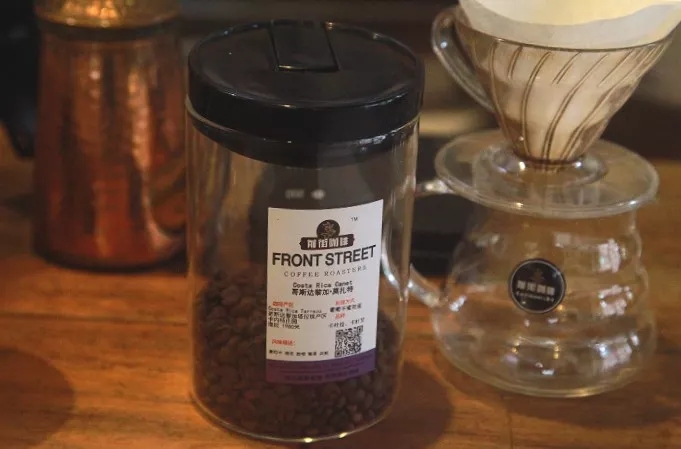
Filter cup: hario V60; grindability: 5R (Chinese standard No. 20 sieve pass rate 58%); powder-water ratio: close to 1: 15; three-stage extraction.
| | Water temperature: 93 ℃ |
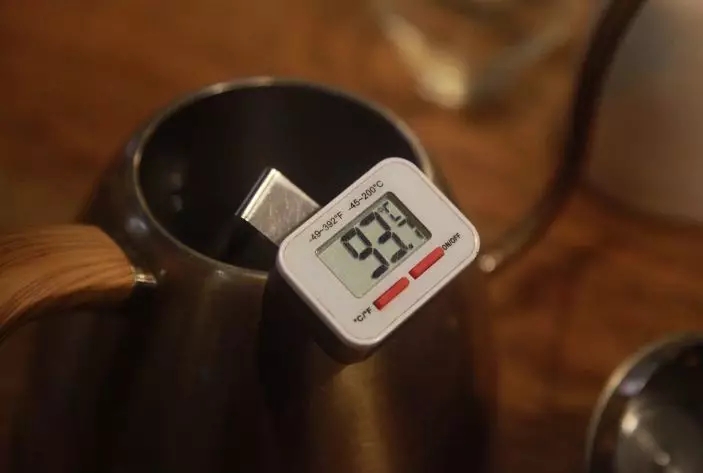
Steam with 30 grams of water for 30 seconds, slowly inject water around the center to 115 grams for segments, wait for the water level drop to reveal the powder bed, continue small water flow and slowly inject water to the end of 226 grams, (steaming starts timing) the extraction time is 1 kilogram 39th 55 ".
Flavor: it smells obviously fermented wine, as well as a slight aroma of spices and rice, with a mellow palate, orange-like acidity and sweetness, and a hint of Xuanmi tea, with a slight drop in temperature and some flowers in the coffee. it tastes like sweet rice wine.
| | Water temperature: 90 ℃ |
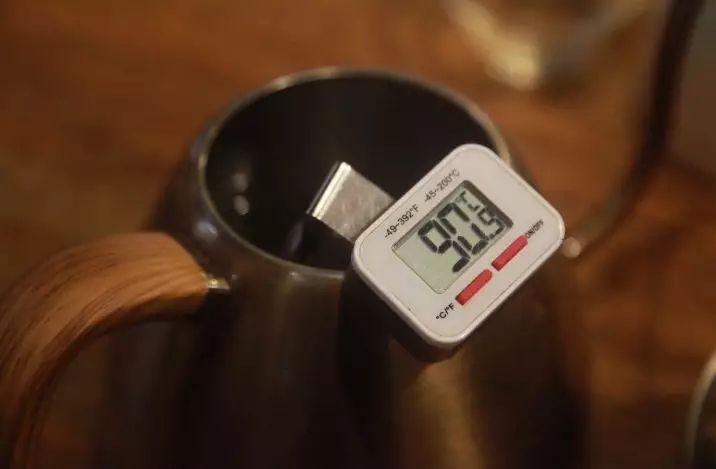
Steam with 30 grams of water for 30 seconds, slowly inject water around the center to 117 grams for segments, and wait for the drop of the water level to reveal the powder bed, continue the small water flow and slowly inject water to the end of 226 grams, and the extraction time is 2 minutes.
Flavor: it smells with a hint of fermented wine, with obvious sweetness of raisins in the mouth, nuts, peanuts and black tea when the temperature is high, and sour notes of tropical fruits and sweet oranges on the entrance.
| | Water temperature: 87 ℃ |

Steam with 30 grams of water for 30 seconds, slowly inject water around the center to 114 grams for segments, wait for the water level drop to reveal the powder bed, continue small water flow and slowly inject water to the end of 225 grams, (steaming starts) the extraction time is 2 minutes 39 / 03 ".
Flavor: it smells like sweet-scented osmanthus wine, with a slight aroma of grass, obvious jasmine in the mouth, a feeling of jasmine green tea, a slight drop in temperature with the flavor of tropical fruit like jackfruit, and honey back to sweet. but the overall performance on the aroma is weak, the taste is slightly thin.
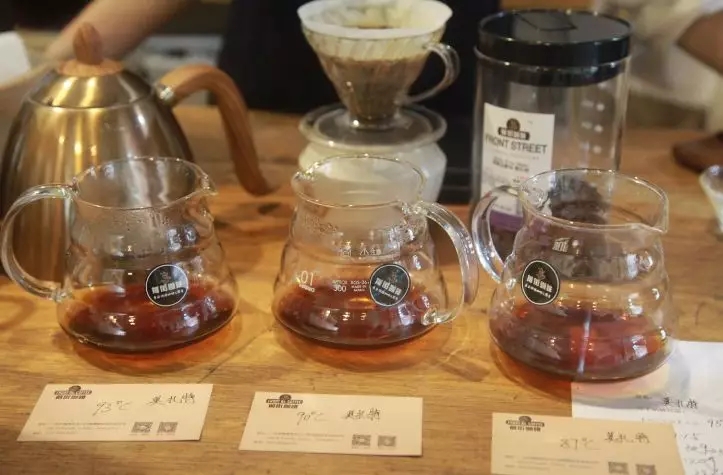
The editor uses three different water temperatures to brew this [Costa Rican Mozart]. In fact, the coffee brewed at three different water temperatures can perform well in aroma, but because the bean is lightly roasted and brewed at a temperature of 87 ℃, it is still a bit low, so the brewed coffee will have the smell of grass caused by insufficient extraction. On the other hand, the flavor and aroma of the water cooked at 90 ℃ and 93 ℃ are OK, and the [Mozart] cooked with 93 ℃ will be slightly better in terms of flavor level compared with 90 ℃.
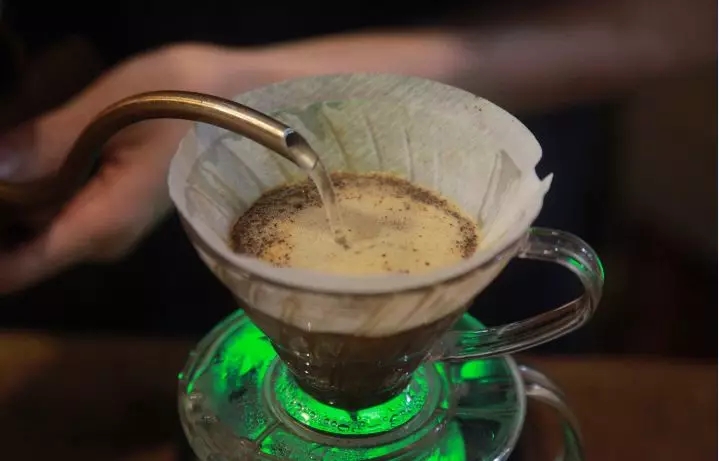
As this [Mozart] belongs to the flavor type of beans, will have a relatively strong aroma, so in order to highlight its aroma, Xiaobian suggested to use 90 ℃ ~ 93 ℃ of water to boil, because the high temperature extraction ability is higher than the low temperature, can stimulate the aroma of this bean.
Important Notice :
前街咖啡 FrontStreet Coffee has moved to new addredd:
FrontStreet Coffee Address: 315,Donghua East Road,GuangZhou
Tel:020 38364473
- Prev
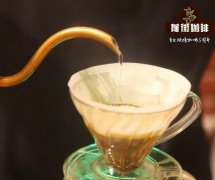
The difference between Pu'er coffee and Yunnan small grain coffee Katim small grain coffee and iron pickup small grain coffee style
Professional coffee knowledge exchange more coffee bean information please follow the coffee workshop (Wechat official account cafe_style) Pu'er coffee is Pu'er tea plus Yunnan small-grained coffee? Pu'er coffee has a history of 150 years. Pu'er coffee is not Pu'er plus coffee, but coffee beans grown in Pu'er City. In fact, coffee trees were planted not only in Baoshan but also in Pu'er City as early as 150 years.
- Next

Colombian Huilan Coffee St. Alov small Farmer Pink bourbon Coffee Flavor Story
Professional coffee knowledge exchange more coffee bean information please follow the coffee workshop (Wechat official account cafe_style) Colombia's three Codiera mountains run north and south, extending into the Andes, local coffee farmers grow coffee along the highlands of these mountains, with diverse climate production conditions; also because of changes in topography and altitude, Colombia's coffee industry
Related
- Detailed explanation of Jadeite planting Land in Panamanian Jadeite Manor introduction to the grading system of Jadeite competitive bidding, Red bid, Green bid and Rose Summer
- Story of Coffee planting in Brenka region of Costa Rica Stonehenge Manor anaerobic heavy honey treatment of flavor mouth
- What's on the barrel of Blue Mountain Coffee beans?
- Can American coffee also pull flowers? How to use hot American style to pull out a good-looking pattern?
- Can you make a cold extract with coffee beans? What is the right proportion for cold-extracted coffee formula?
- Indonesian PWN Gold Mandrine Coffee Origin Features Flavor How to Chong? Mandolin coffee is American.
- A brief introduction to the flavor characteristics of Brazilian yellow bourbon coffee beans
- What is the effect of different water quality on the flavor of cold-extracted coffee? What kind of water is best for brewing coffee?
- Why do you think of Rose Summer whenever you mention Panamanian coffee?
- Introduction to the characteristics of authentic blue mountain coffee bean producing areas? What is the CIB Coffee Authority in Jamaica?

